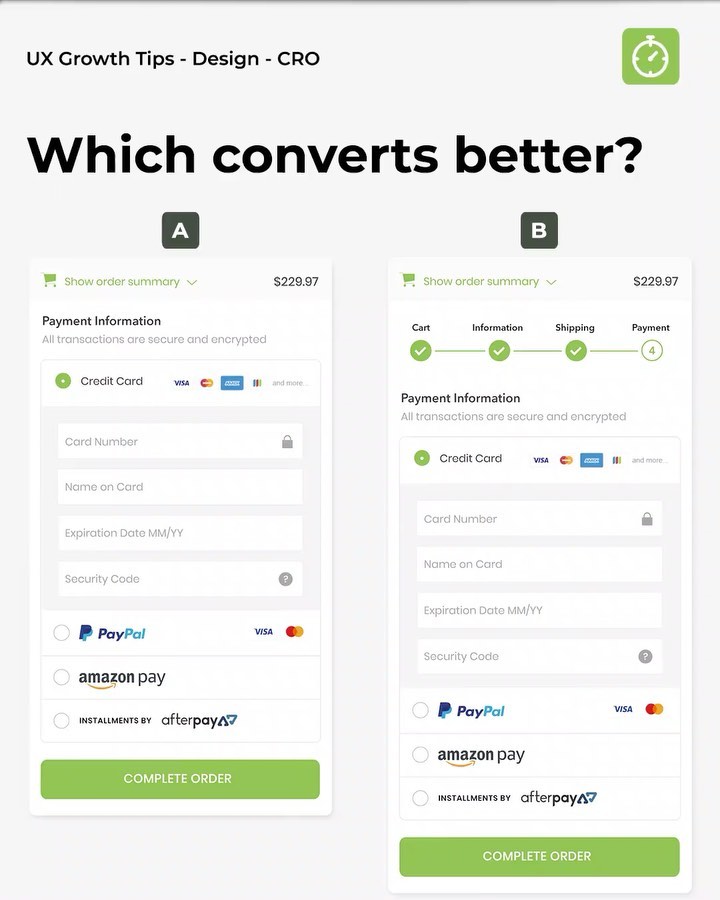UX Design Rule Of Thumb: More Options, More Problems
Understanding Hick's Law in UX design is crucial. More options lead to longer decision times. Strategies like progressive disclosure can simplify user experience by guiding them clearly. Eliminating unnecessary options is key for a smooth user journey towards goals. Simplifying the process enhances engagement and satisfaction.
Understanding the Impact of Hick's Law on User Decision Making
When it comes to the user experience (UX) design, understanding Hick's Law is crucial. Hick's Law states that the more options available to users, the longer it can take for them to make a decision. This concept directly impacts how users interact with a product or website. Let's explore further the relationship between the number of options presented to users and the time it takes for them to make a decision.
Exploring the Relationship Between Number of Options and User Decision Time
Research has shown that when users are presented with a large number of options, their decision-making process can become overwhelming. The abundance of choices can lead to analysis paralysis, where users struggle to make a decision due to the sheer number of options available. This phenomenon is in line with Hick's Law, which highlights the relationship between the number of options and the time it takes for users to reach a decision.
Incorporating too many choices in the user interface can hinder the user experience and ultimately impact the overall usability of the product. Designers must carefully consider the number of options presented to users in order to streamline the decision-making process and enhance user satisfaction.
Strategies to Streamline Decision Making Process for Users
To address the challenges posed by Hick's Law, designers can implement various strategies to streamline the decision-making process for users. One effective approach is to categorize options into manageable groups, allowing users to navigate through choices more easily. Additionally, utilizing visual hierarchy and clear navigation paths can help guide users towards their intended goal.
By simplifying the user interface and reducing the cognitive load associated with decision making, designers can create a more intuitive and user-friendly experience. Ultimately, the goal is to minimize the time users spend deciding and maximize their engagement with the product or website.
Simplifying User Experience Through Progressive Disclosure
Progressive disclosure is a powerful technique in UX design that involves revealing information gradually to users. By implementing this strategy, designers can enhance user interaction and engagement, leading to a more intuitive and user-friendly experience.
Implementing Progressive Disclosure to Enhance User Interaction
When implementing progressive disclosure, designers can prioritize essential information and functionality, emphasizing what is most relevant to users at each stage of interaction. This approach helps prevent overwhelming users with too much information upfront, allowing them to focus on their immediate needs and objectives.
Balancing Information Disclosure for Optimal User Engagement
- Designers must strike a balance between disclosing enough information to guide users effectively without causing cognitive overload.
- By progressively revealing information as users navigate through the interface, designers can maintain user engagement and interest.
- Clarity and simplicity are key in progressive disclosure, ensuring that users are not confused by sudden or irrelevant information disclosures.
Eliminating Unnecessary Options for Clear Path to User Goals
Identifying and Removing Redundant Features in UX Design
Ensuring efficient user navigation involves a critical evaluation of the features presented in the user interface. By identifying and eliminating redundant elements, the user experience can be streamlined, enhancing clarity and purpose.
Providing a Seamless User Journey by Eliminating Complexity
Complexity in UX design can lead to confusion and disorientation among users. By simplifying the user journey and reducing unnecessary options, the overall experience becomes more intuitive and user-friendly. This approach not only accelerates decision-making but also fosters user engagement and satisfaction.



